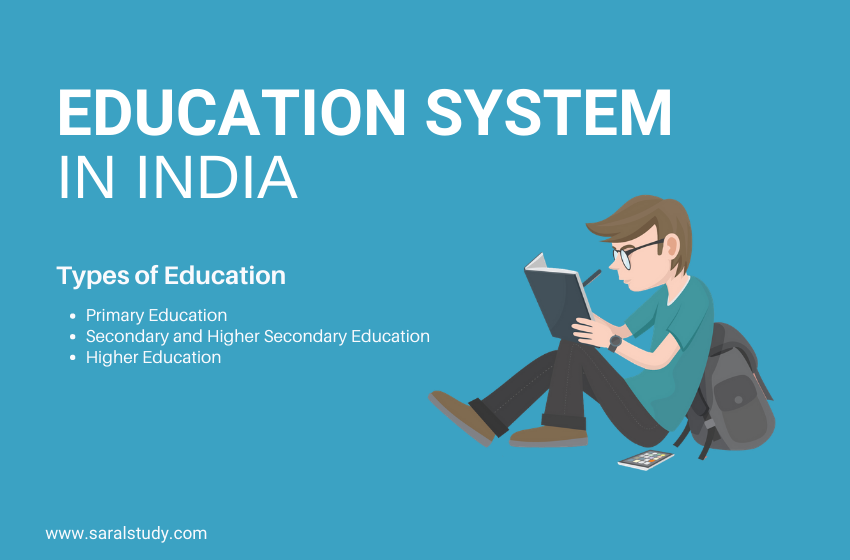What is the Education System of Your Country?

What is the Education System of Your Country?
- 1532
- 0 Comment
There are several different views on what the educational system of a country should be, such as the United States, Japan, Canada, South Africa, etc. This article will discuss three different systems and how they differ. To get a better understanding of each, consider a country’s history, culture, and political philosophy. Then, ask yourself – what is the education system of your country like? And what should you do about it?
South Africa’s education system
Public schools make up the majority of South Africa’s education system. There are roughly 30,000 public schools in South Africa, including primary schools and secondary schools. Private schools account for about 4% of all school enrollment. South African children are educated in both public and private schools. Public schools have an average student-teacher ratio of 29 to 1; private schools typically have a student-teacher ratio of 18 to 1.
Private schools and state-owned schools both have different methods of implementing their education plans. The South African school year runs from January to November. The state school system follows a four-term calendar, while most private schools follow a three-term calendar. However, private schools follow their own schedules, and many parents don’t want their children to miss a single day of school. In South Africa, schooling is compulsory from birth until age 15. Children can attend grade R or grade 0 classes if they are eligible. The first six years of schooling consist of primary school, with high schools running from grade seven to grade twelve. South African schools also offer baccalaureate, A-levels and matriculation.
Japan’s education system
The Japanese education system emphasizes moral and intellectual development. Students must take certain compulsory subjects, including the Japanese language, mathematics, science, and social studies. There is also music and arts, physical education, and living environment studies. Japanese children must complete an entire year of school, with breaks in winter, spring, and summer. The elementary school curriculum covers topics such as Japanese, English, science, mathematics, arts, physical education, and social studies. Moral and ethical development is a topic that has been taboo for years, but has recently been given more importance in educational policies.
The economy of Japan is highly technological and scientific. Therefore, the labor market there requires graduates with advanced education, particularly in fields related to science and engineering. In 2014, 80.6 percent of the population attended a higher education institution, including university, junior college, or college of technology. Those who did not finish higher education attended correspondence schools, specialized training colleges, and universities of the air. However, gender equity continues to be a serious concern in the country.
Canada’s education system
The Canadian education system encompasses publicly-funded schools, private schools, community colleges, technical institutes, university colleges, language schools, summer camps, and universities. The federal, provincial, and local governments are responsible for the education system in Canada. The curriculum is governed by the provinces. Many public and private schools in Canada are co-educational. In some provinces, homeschooling is allowed. In Quebec, it is allowed.
The Canadian education system is organized into stages. Generally, education is compulsory up to the age of 16. Post-secondary education is more focused and diverse. There are universities, colleges, and institutes that offer degrees and certificates. Most colleges are privately owned and are regulated by a competent Canadian body. However, there are some differences between the two systems. A student can pursue a bachelor’s degree in business, for example, or an associate’s degree in accounting.

